|
ID |
Nickname |
Country / City |
Languages |
Taxonomies |
Comment |
Project / Group |
Map |

|
46013
|
|
Germany
Berlin
|
|
|
Phoenix Kalsruhe Aufkleber
|
|
|
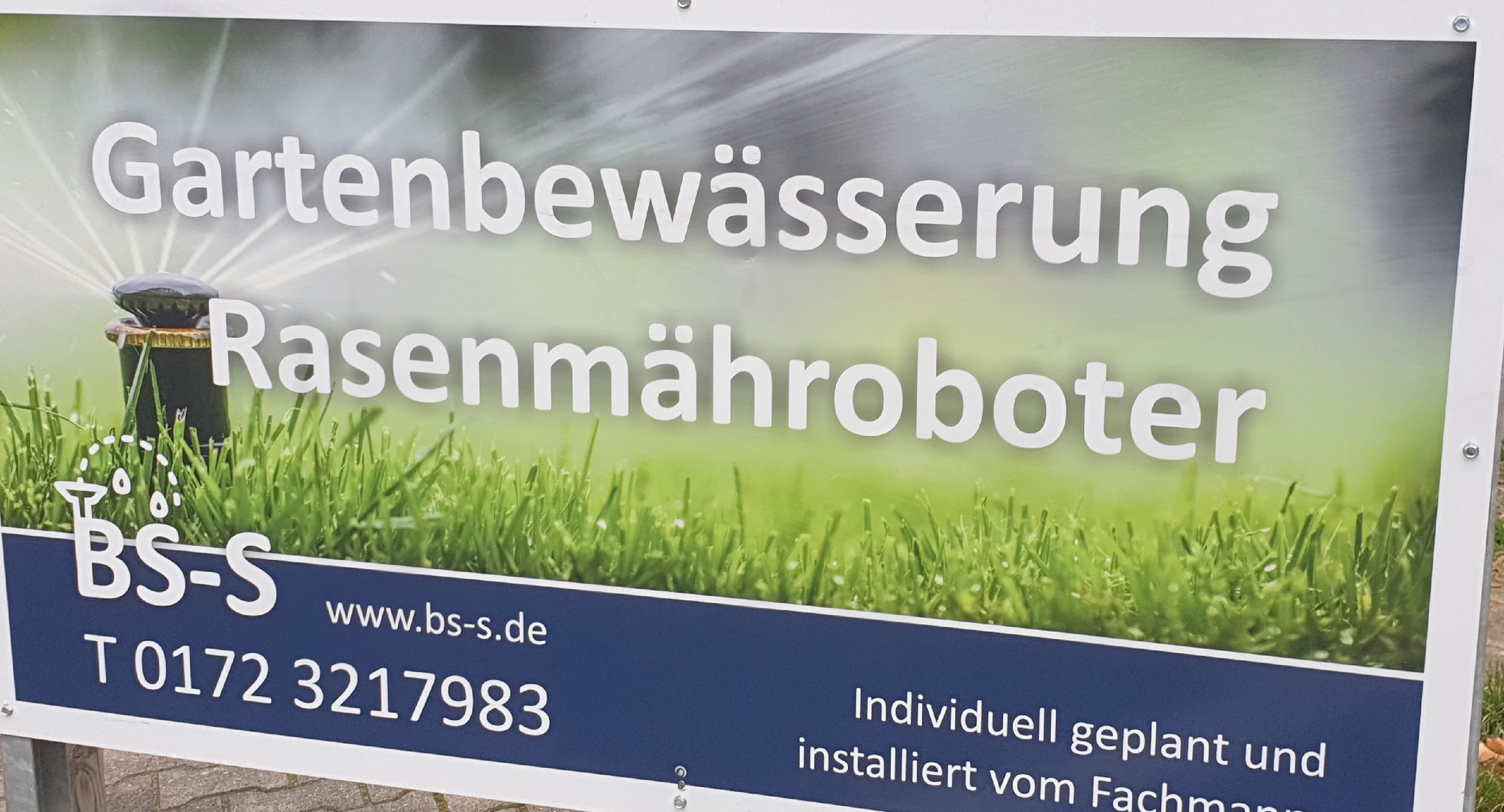
|
46014
|
|
Germany
Berlin
|
|
|
Rasenmähroboter Werbung
|
|
|
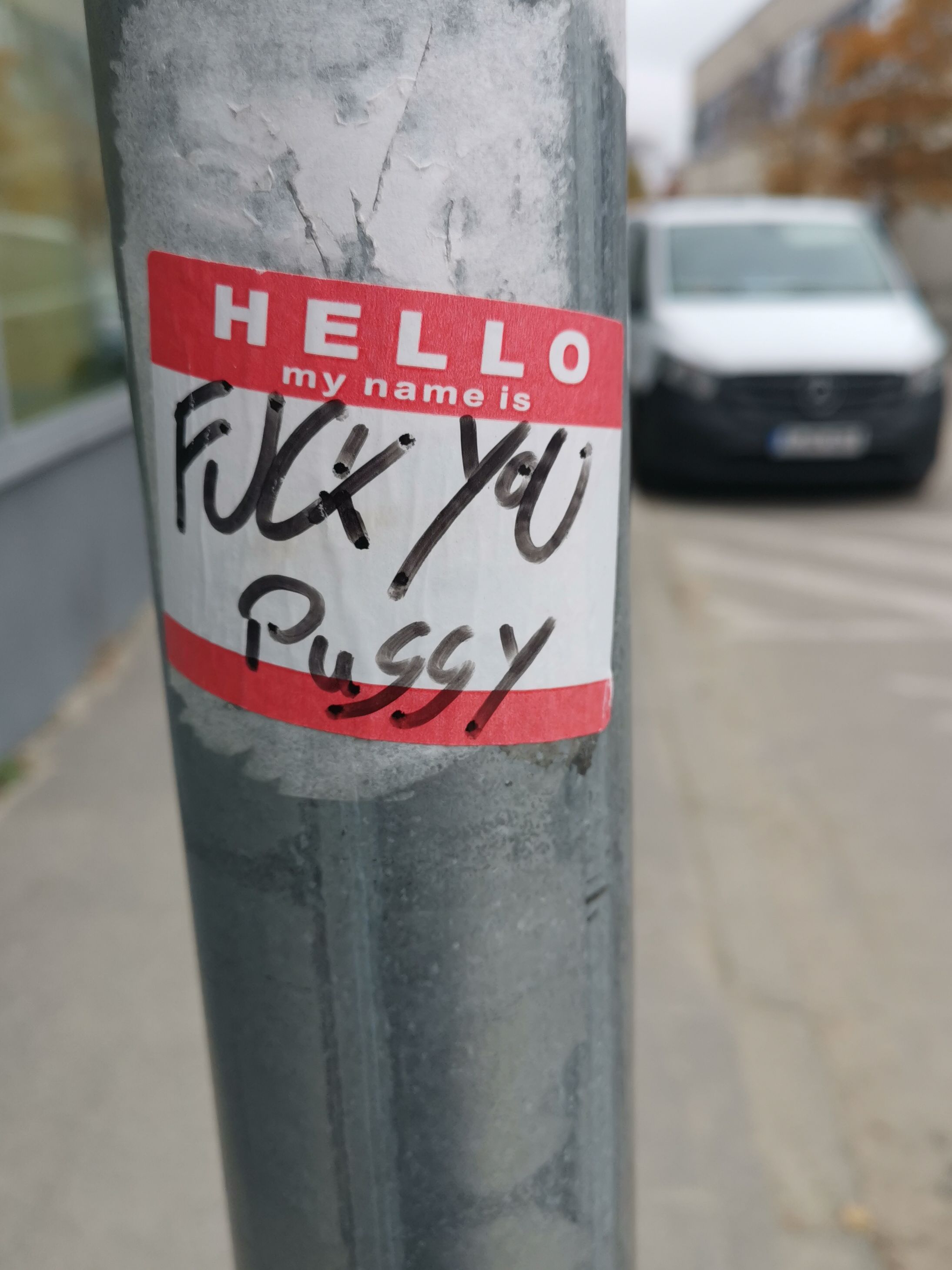
|
46015
|
|
Germany
Berlin
|
|
|
Wer macht so etwas?
|
|
|

|
46016
|
|
Deutschland
Berlin
|
|
|
Corona Regeln
|
|
|

|
46017
|
|
Germany
Berlin
|
|
|
HBSC Sticker
|
|
|

|
46018
|
|
Germany
Berlin
|
|
|
APOTHEKE IM MZ
|
|
|
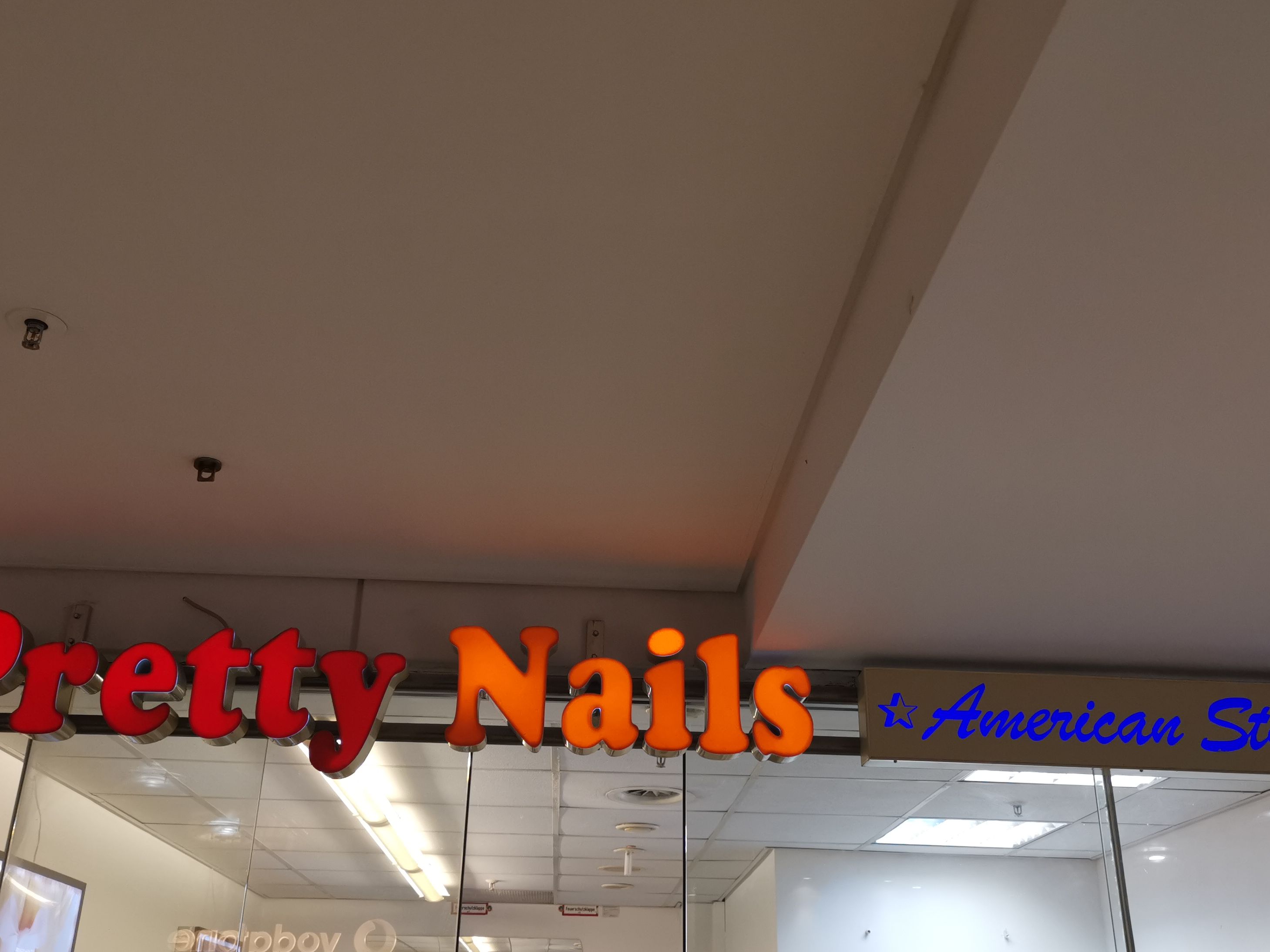
|
46019
|
|
Germany
Berlin
|
|
|
NAGELSTUDIO IM MZ
|
|
|

|
46021
|
|
Österreich
Linz
|
|
|
—
|
IamDiÖ
|
|

|
46022
|
|
Germany
Berlin
|
|
|
—
|
|
|

|
46023
|
|
Deutschland
Berlin
|
|
|
—
|
|
|
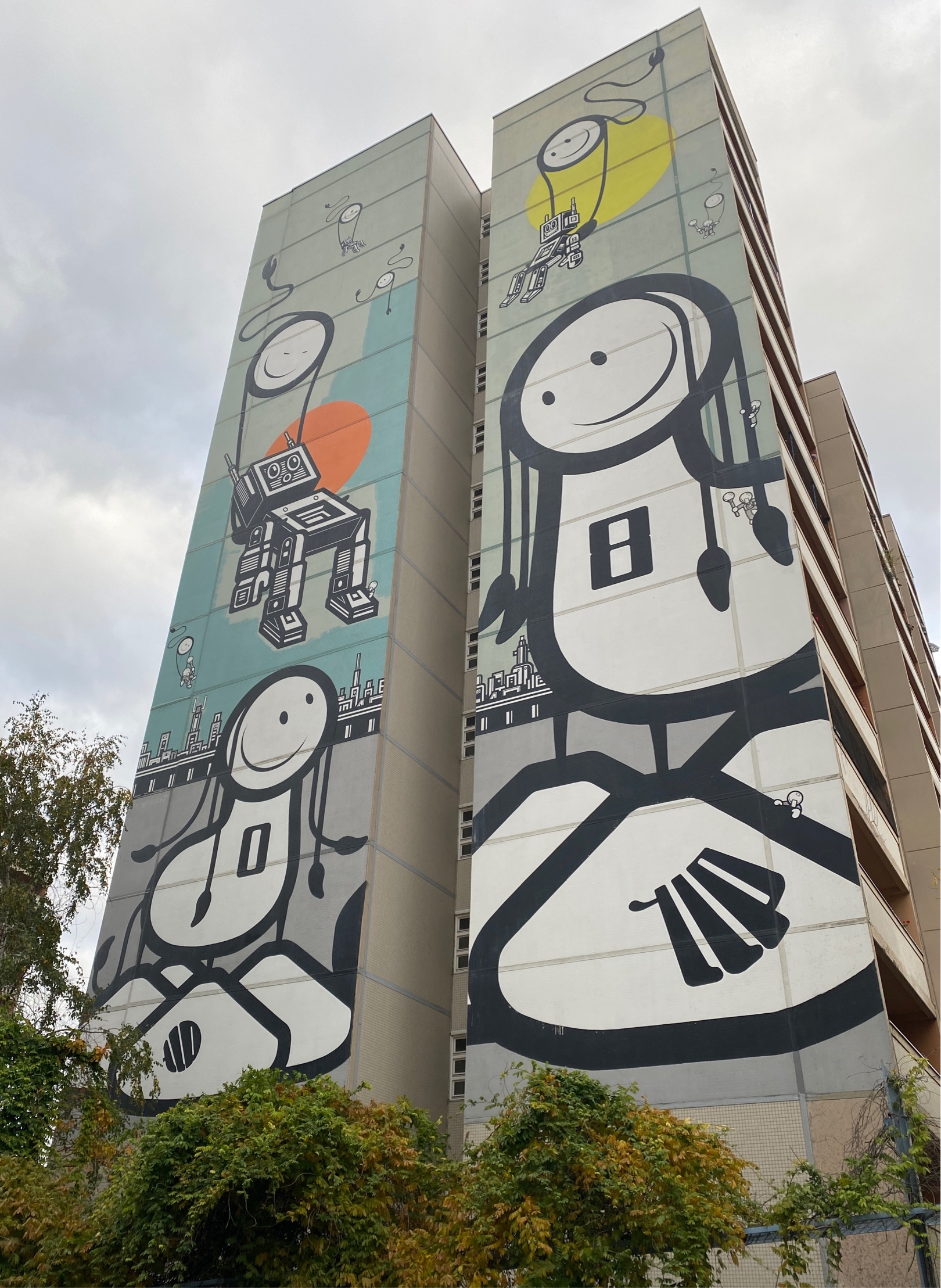
|
46024
|
|
Deutschland
Berlin
|
|
|
Künstlerisches Zeichen
|
|
|

|
46025
|
|
Germany
Berlin
|
|
|
—
|
|
|
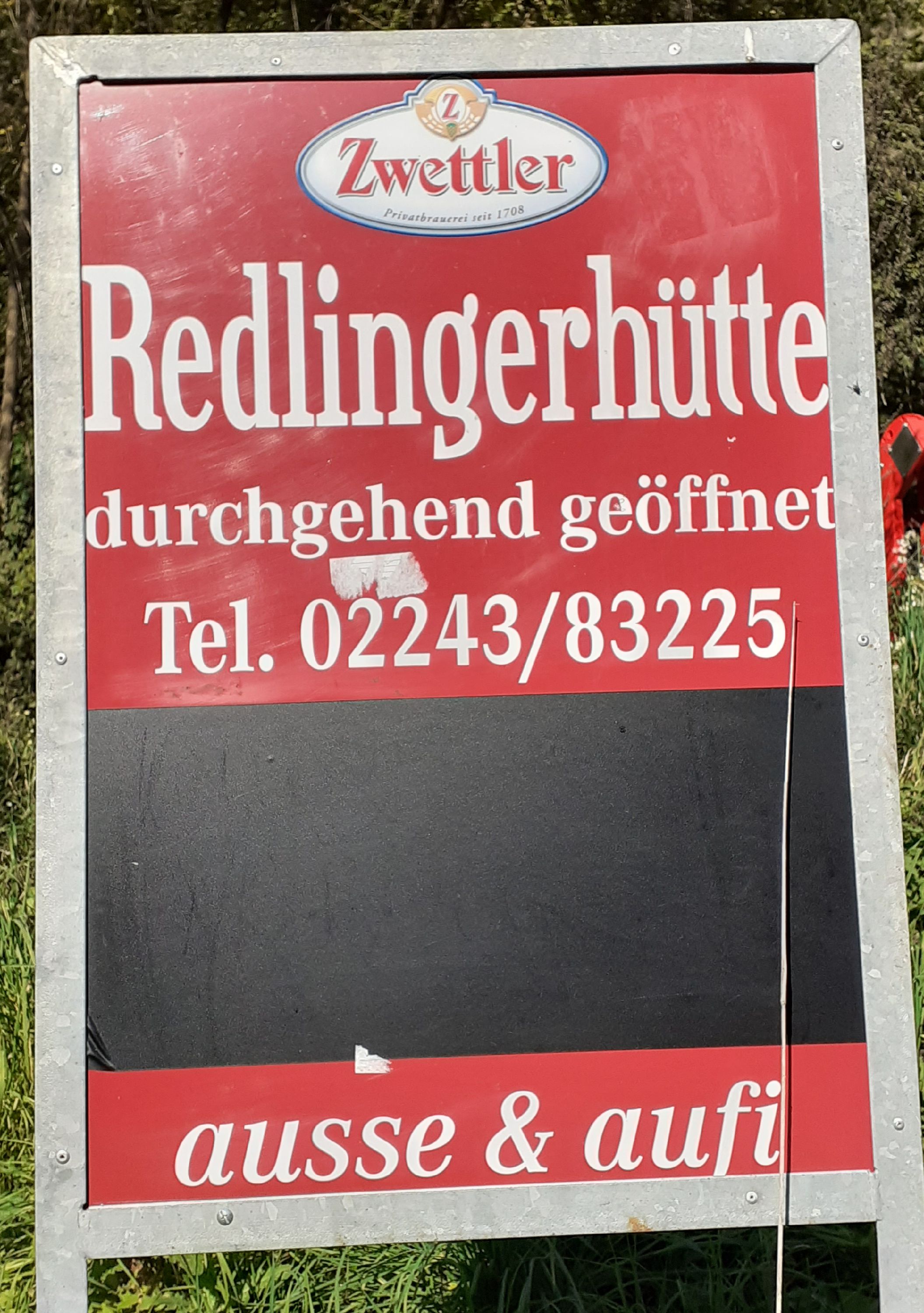
|
46026
|
|
Austria
Klosterneuburg
|
|
|
Auf dem Weg zur Redlingerhütte. &Dialekt
|
IamDiÖ
|
|

|
46027
|
|
Germany
Holzwickede
|
|
|
—
|
|
|

|
46028
|
|
United States
Honolulu
|
|
|
SU: Check up #2
- What languages are used on the sign?: The language that is used on this sign is Hawaiian.
- How are the languages presented?:
The word “Hele” is presented in big font in all capital letters in the color white. It is presented but because it is the name of the gas station.
- Who is the audience?:
The audience is is for the general public but I think it was mainly for locals.
- What is the domain?:
The domain is at a workplace (gas station).
- What is the sign trying to tell people?:
The word “Hele” means go in Hawaiian. So I think the gas station is named “Hele” because people go there to get gas so that they can go and continue on with their journey.
- Why is Hawaiian being used here?:
Hawaiian is being used here because it is appropriate being on Hawaiian lands. It also catches the attention of the locals and nonlocals that drive past this sign.
|
Multilingual Hawaiʻi
|
|

|
46029
|
|
ʻAmelika Hui Pū ʻIa
Honolulu
|
|
|
HK - A Maunakea ʻo Kalani. A song composed for Queen Emmaʻs 1881 when she visited the mountains of Hawaiʻi, because of her love for mountain climbing, hence why she was named Ke Aliʻi piʻi kuahiwi, the mountain climbing chiefess. This does fit the place where it's at. This is found at the International market down in Waikīkī. If you look at the elevatorʻs windows, the metaphor and meaning of the song of ascending match the purpose of the elevator. This is either on purpose or for design. Although not many people recognize this song right off the bat or its meaning, especially tourists. Do you think that this is a proper place for such a song, that honors Queen Emma and her love?
|
Multilingual Hawaiʻi
|
|

|
46031
|
|
ʻAmelika Hui Pū ʻIa
Honolulu
|
|
|
HK - This is a sign that I found in Johnson Hall B, one of the dorms on campus. This picture was on the 3rd floor of the building where it captures some of the gods that we as Hawaiians pay high respect to, these 4 are essentially some of the main ones, Pele, Poliʻahu, Kanaloa, and Lono. This floor is a Hawaiian-themed floor which I find intriguing, others might not think of it much but I for one am interested in this. Especially the 4 elements being represented here with fire, snow, water, and wind. It could be translated as the 4 seasons and the 4 gods in control of it. Or it's an acknowledgment of the divine gods of the past. But I may never know because I donʻt live in that dorm.
|
Multilingual Hawaiʻi
|
|

|
46032
|
|
ʻAmelika Hui Pū ʻIa
Honolulu
|
|
|
HK - This is a little product that I found in Foodland near the tourist gear/touristy items that they would buy section. This is one of their perfumes/mists products that I found. I never tried it personally myself but I can get the gist of the mist. With Heʻohu ke aloha” it can be translated as “love is like the mist.” I think that this might be a stretch of meaning, but Hawaiian can have multiple meanings and metaphors. Breaking the Hawaiian down would be, “a mist the love” although this is a rough translation. And not a perfect English, Hawaiian canʻt be translated directly to English because it wonʻt work.
|
Multilingual Hawaiʻi
|
|
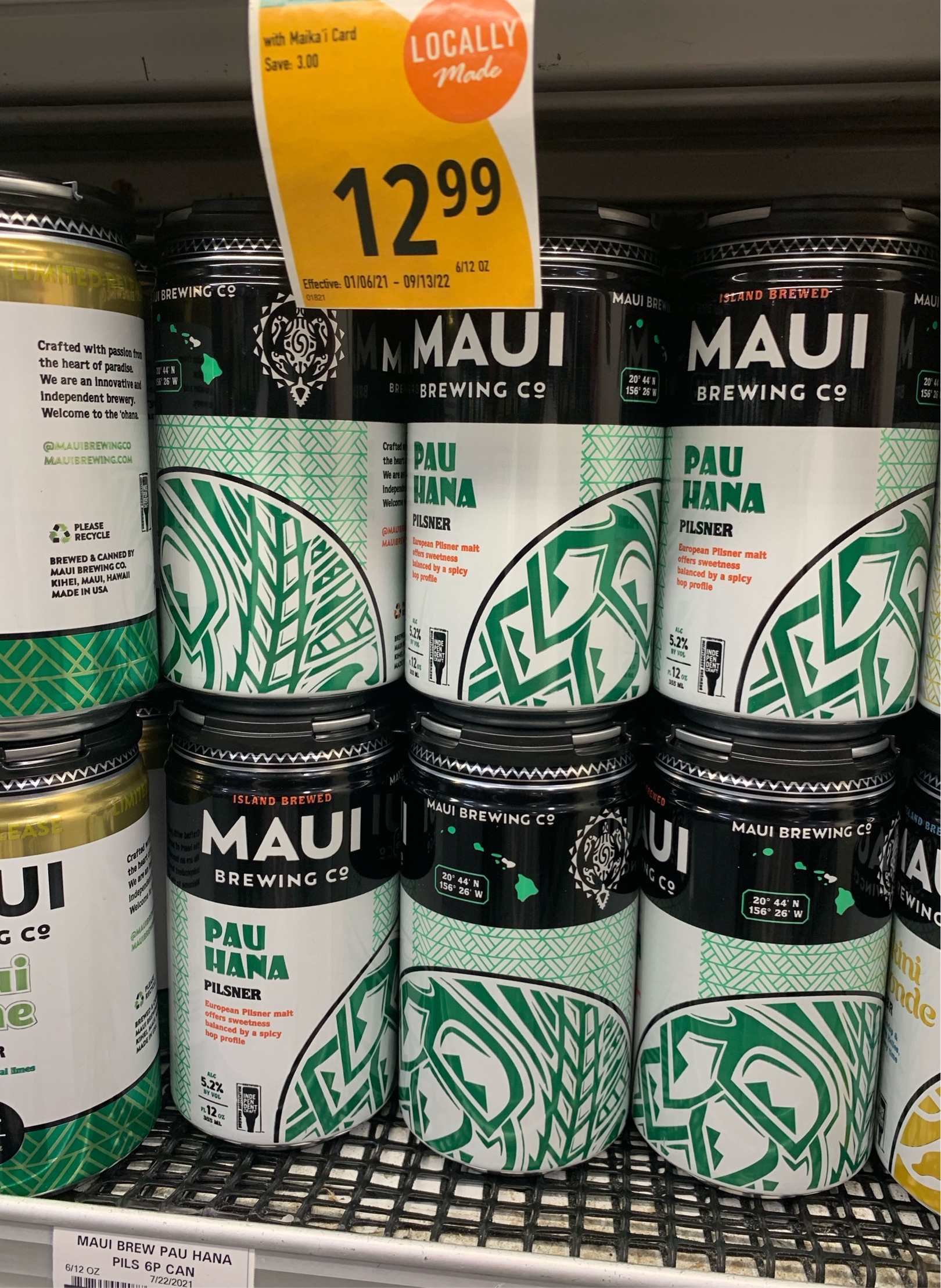
|
46035
|
|
ʻAmelika Hui Pū ʻIa
Honolulu
|
|
|
HK - This is another example of pidgin being used by the same local company. I found this at Foodland as well. Pau Hana is saying finished or done work. A simple saying but a huge relief for some people and why not take a cold one to celebrate the occasion of being finished from a long day of work that only locals could understand.
|
Multilingual Hawaiʻi
|
|
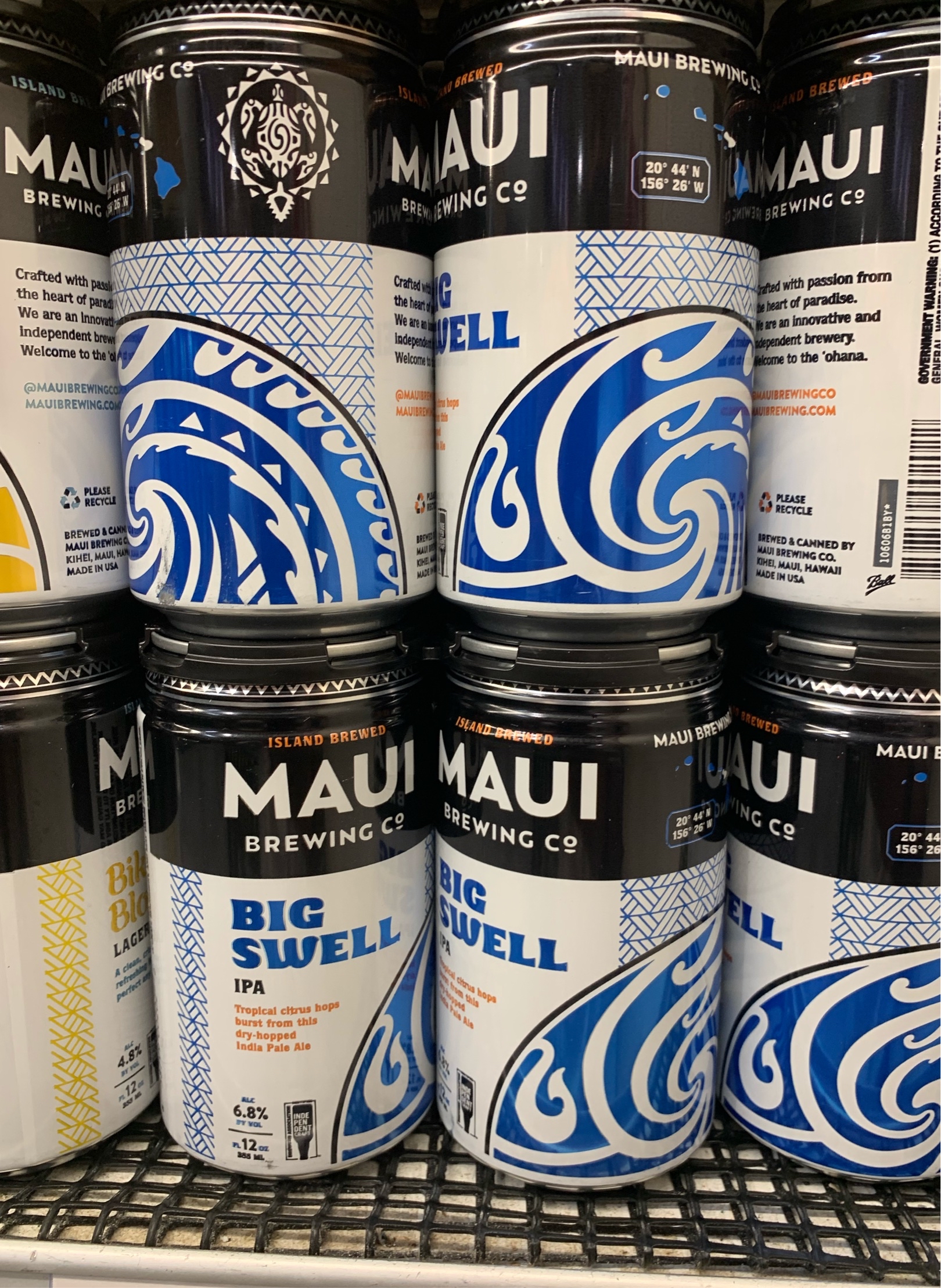
|
46036
|
|
ʻAmelika Hui Pū ʻIa
Honolulu
|
|
|
HK - This is another example of pidgin being used by the same local company. I found this at Foodland as well. Big Swell would normally refer to the waves of the ocean being picked up and it's producing some good waves to surf on. Big swell in the metaphorical way of drinking could mean, a big drunk or a swell of good beer is coming when you drink this. This may just refer to some surfers or targeted people who like to chill and relax, but locals nonetheless.
|
Multilingual Hawaiʻi
|
|